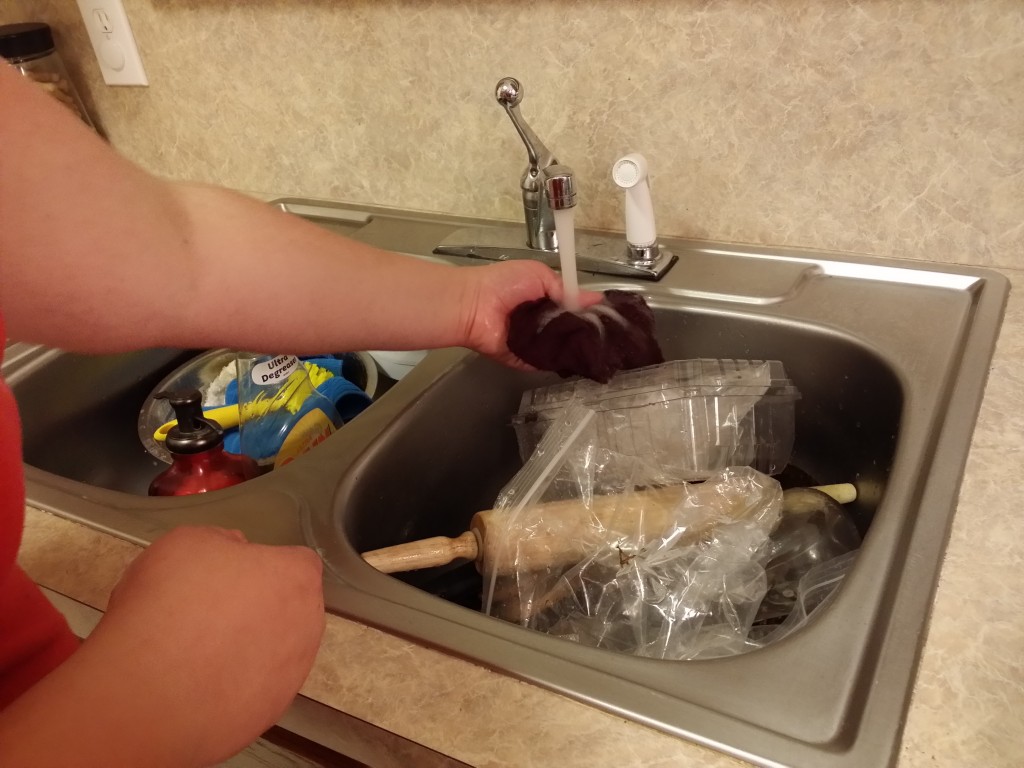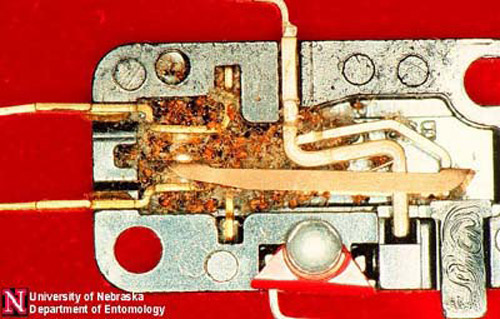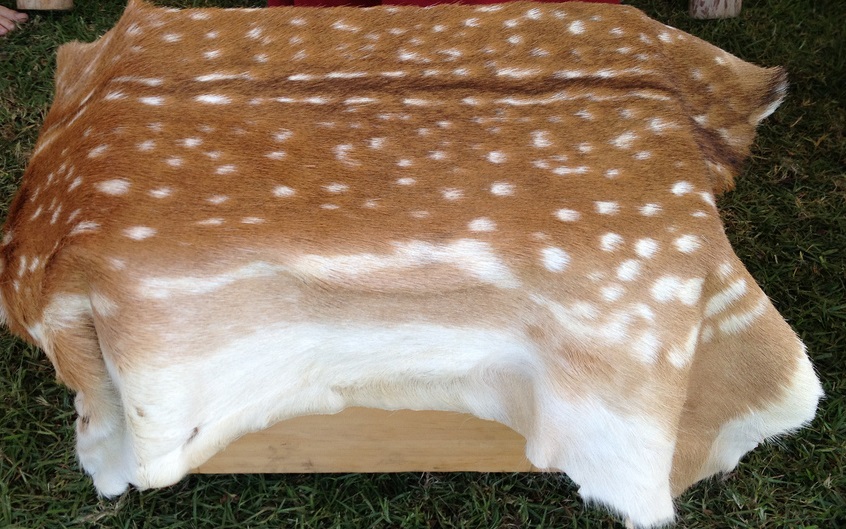Pharaoh Ants: Eliminating These and Other Ants Easily
Getting Rid of Pharaoh Ants and Other Common Household Ants
You walk into the kitchen groggily after waking up, flip on the light and stumble to the sink for a glass of water only to find that you have been invaded! Those specks running back and forth across the expanse of your counter tops are not a pleasant sight in the morning, nor any time of day. What do you do now? How do you handle the situation?
There are many different varieties of ants that will come into the home to nest. Most of these tips will apply to any ant species, but I am directing this article towards Pharaoh Ants (Monomorium pharaonis). Why this particular type of ant? They are one of the species I have encountered in Texas where I live, they are common to MANY states and all parts of the world, and I also just had to exterminate some from my house. To quote the wiki page:
This species is polygynous, meaning each colony contains many queens, leading to unique casteinteractions and colony dynamics. This also allows the colony to fragment into bud colonies quickly. Colonies do not display aggression toward each other; this is known as unicoloniality. Monomorium pharaonis is also notable for its complex foraging system, involving intricate trail routes maintained with several pheromones. It was the first ant species discovered to use a negative (repellant) pheromone. These chemicals are integral for communication in this species. Pharaoh ants are a tropical species, but they thrive in buildings almost anywhere, even in temperate regions provided central heating is present.
Here is the breakdown: Unlike other species, the Pharaoh Ant colonies do not attack each other regularly, and each colony has multiple queens. This means that they are easily fractured into smaller groups which could spread out among a bigger area. So how do we control them? First, let’s identify the species. Here a few “quality” photos that I snapped with my phone.
These ants are yellowish, almost to the point of being transparent. They measure bout 2mm in length, and the back end of the abdomen generally has coloring. These that I observed had dark brownish/black/red coloring on the back end. You might have a different species, but follow along anyways. The methods we will use work with most ant types.
They are very hard to see clearly as they are so utterly small. This is quite a change from the other common outdoors species I have dealt with. One of the problems I had immediately was that I couldn’t follow a trail OUT. You see, in a normal infestation of ants I have always been able to follow the trail to a crack or window. These guys would just appear back on the sink after being wiped away. Once I started researching a bit more, I discovered that some ant species are considered primarily indoor. They live inside buildings and are rarely encountered outside. If the temperature permits and food is available — they will move in to stay. The Pharaoh ant is especially bad about this, many hospitals across the nation have had horrible infestations.
The Pharaoh ant has been discovered nesting in hard to reach places such as behind outlet covers and inside electrical switches such as pictured here:
These ants will use plumbing pipes and electrical wires as their pathways to and from the nest. They will often hang around damp places such as sinks and bathtubs. Most commonly you will find them around sinks (which was the case with my house), but their actually nest can be in a variety of places. These guys can get into some VERY tight place. Let’s talk about treatment.
GETTING RID OF THE HOUSEHOLD ANT
Treatment needs to be very thorough. It should include the foraging area as well as the nest and pathways to and from. Since it’s nigh impossible to gain access to the majority of Pharaoh ant nests, we use baits. We don’t want to use any repellent baits, or anything that kills the insect immediately. Repellent baits that drive the ants away can cause the colony to split and bud off into multiple new colonies. You won’t see the ants for a few weeks, but they will come back with a vengeance from two or more stronger colonies. Then you have a bigger problem than you had to begin with.
The first step is to acquire your bait. This isn’t too hard with Pharaoh ants. Pharaoh ants will eat other insects, but they prefer meats or greases. They will also feed on sugars, fruit juices and sweets. These guys aren’t too picky when compared to the rest of the ant world. Just make sure the bait states that it is an “extended kill” or has similar verbiage. The workers will need to carry the pieces all the way back to the queen for this to be effective, if they die along the way we don’t accomplish anything at all. You will also want to BE SURE that your bait doesn’t EXCLUDE Pharaoh Ants. See the package below for an example. I almost bought this one before I saw the message in smaller print:
SEARCH FOR BAITS VIA THIS LINK OR LOOK DOWN BELOW FOR MY RECOMMENDED CHOICE
Steps for getting rid of the ants – Pictures below
- Get rid of and seal up any food in cabinets and on counter tops. Don’t forget about pet food if you see ants in their feeding area or around the food bags.
- Wipe the area down well. Do not use any sprays or ant killers, just clean the counter or the area of infestation. We don’t want to scatter the colony.
- Place baits. Read all warning labels and keep your children and pets in mind (if you have any). Place a few baits in the highest traffic areas. If you have a large invasion and have spotted ants in multiple spots of the house, make sure to bait all areas. Buy two packs of baits if needed. Mine came with quite a few. Pictures below of the one I chose.
- Wait. Let the ants go wild and eat the bait. Don’t wipe the counter in that area and avoid getting the baits wet. Don’t touch them if possible. It took mine about 1-2 days, and I haven’t seen them since.
It has been about a month or two since I last saw any ants on my counter. I hope I don’t see them again while living in this house. If I do, I’ll throw more baits on the counter. The baits are rated for 3 months. If you leave at least 1 or 2 on the counter or in the area at all times, it seems you would lower your chances of ever having the issue again — dramatically.
I went with this bait here:
Pictures below of the steps.

Just Water
Once more, grab some bait. That’s the best way and is recommended by any exterminator in modern times. It’s the easiest and simplest way to go, and will wipe out the whole colony if done correctly and for at least a few weeks. Just stick ’em and leave ’em.
Again, Check it out:
Thanks for Reading, I hope this helps!
-Matthew Pizgatti


















не работает
Is it possible that you are working with a different kind of ant/insect? Can you identify the variety?